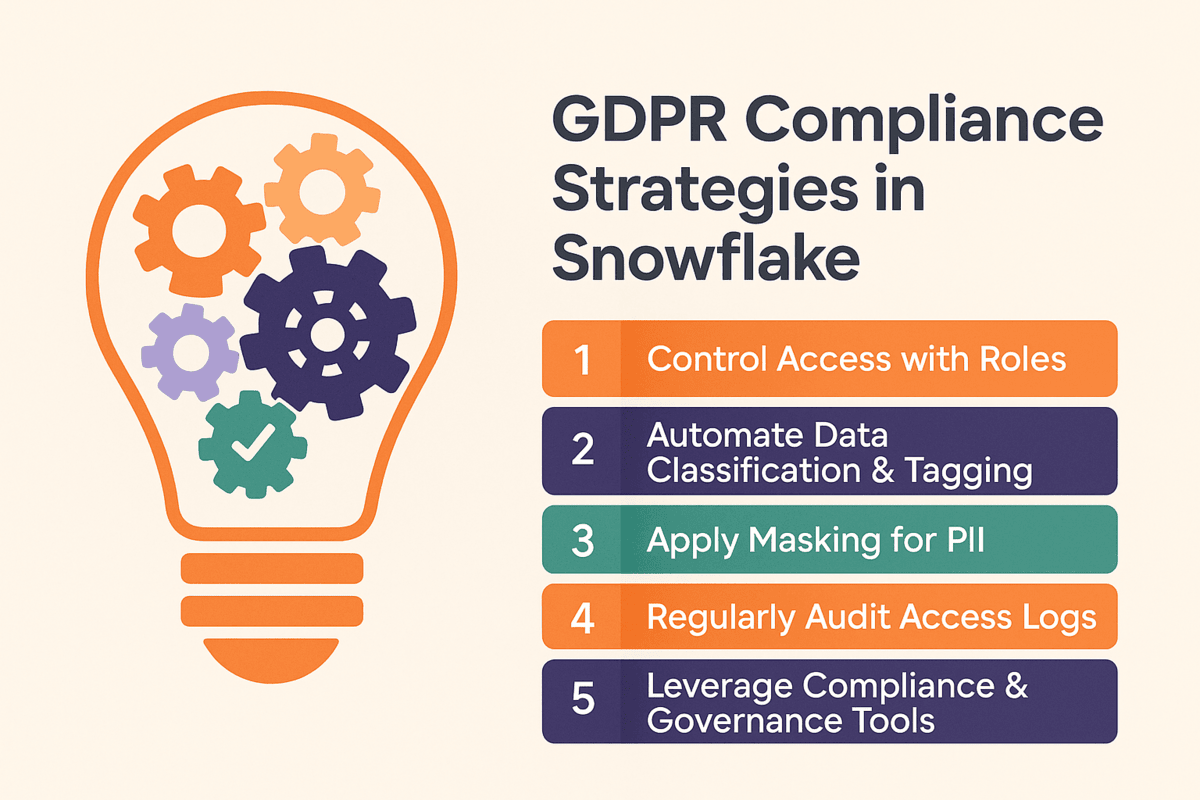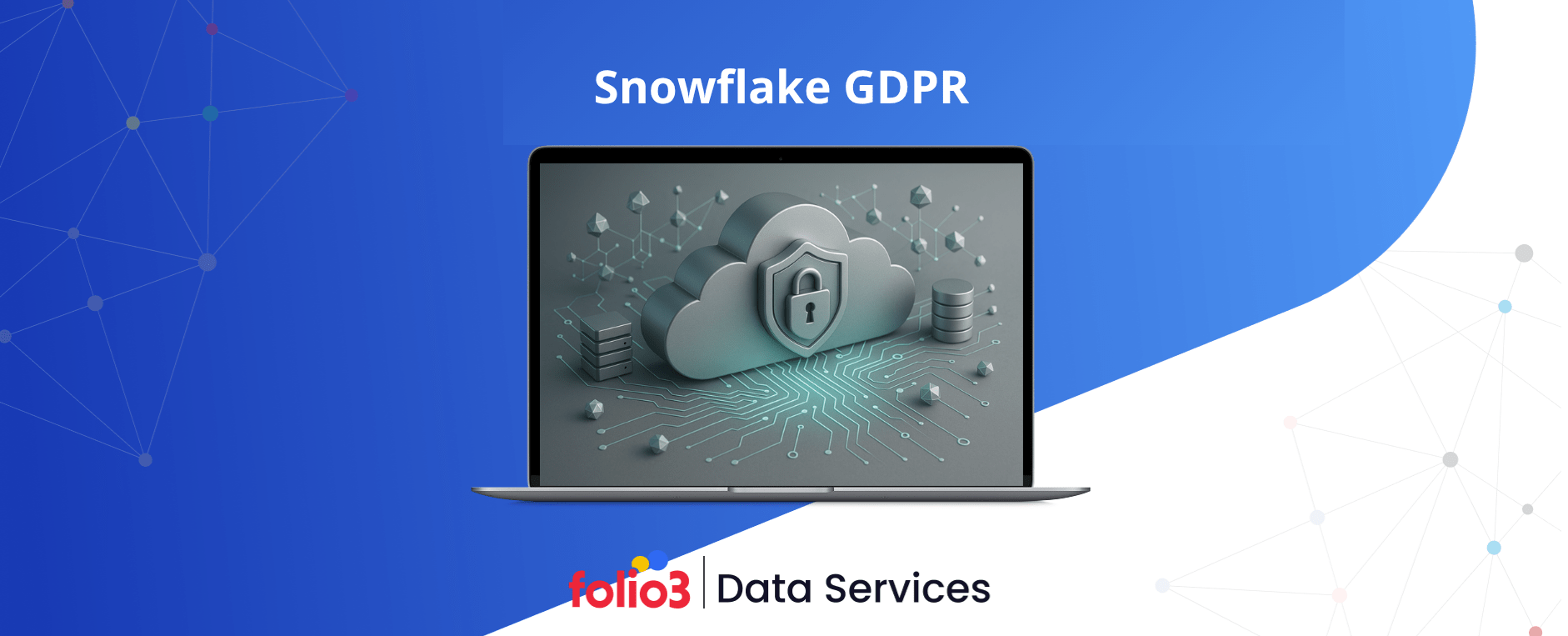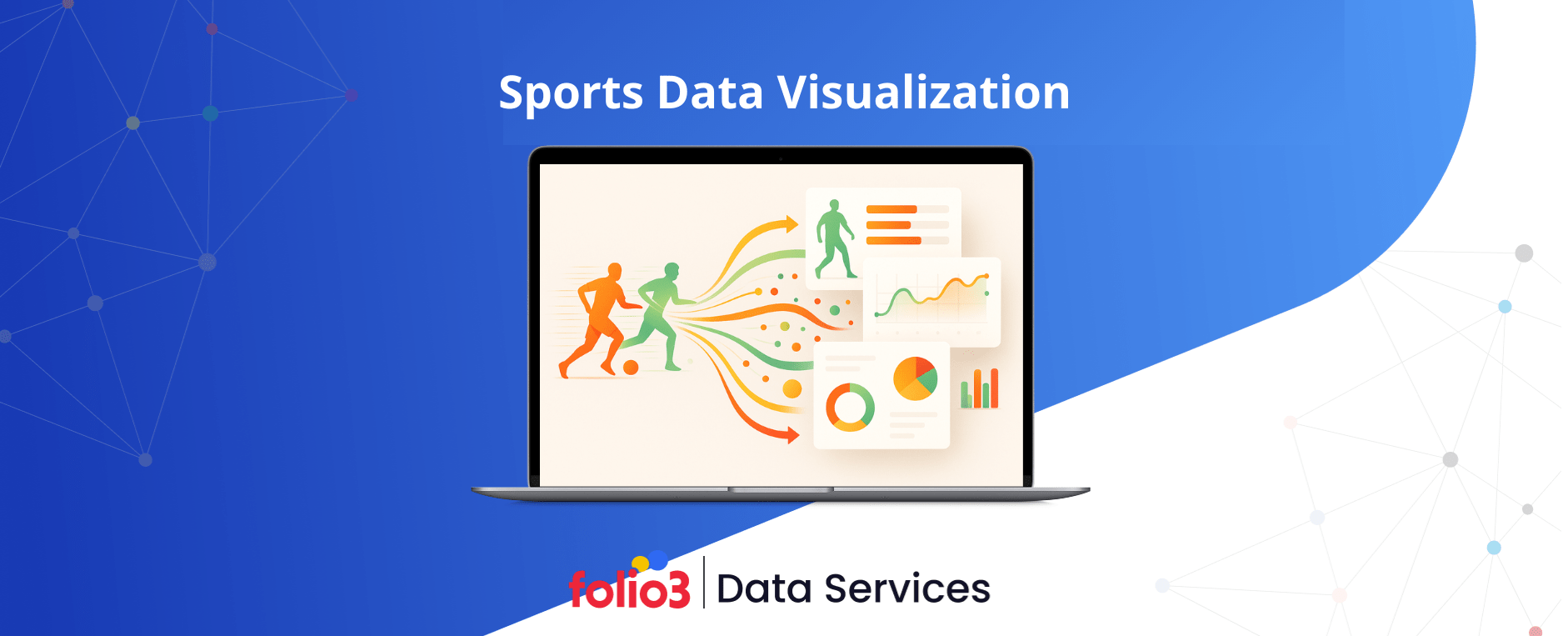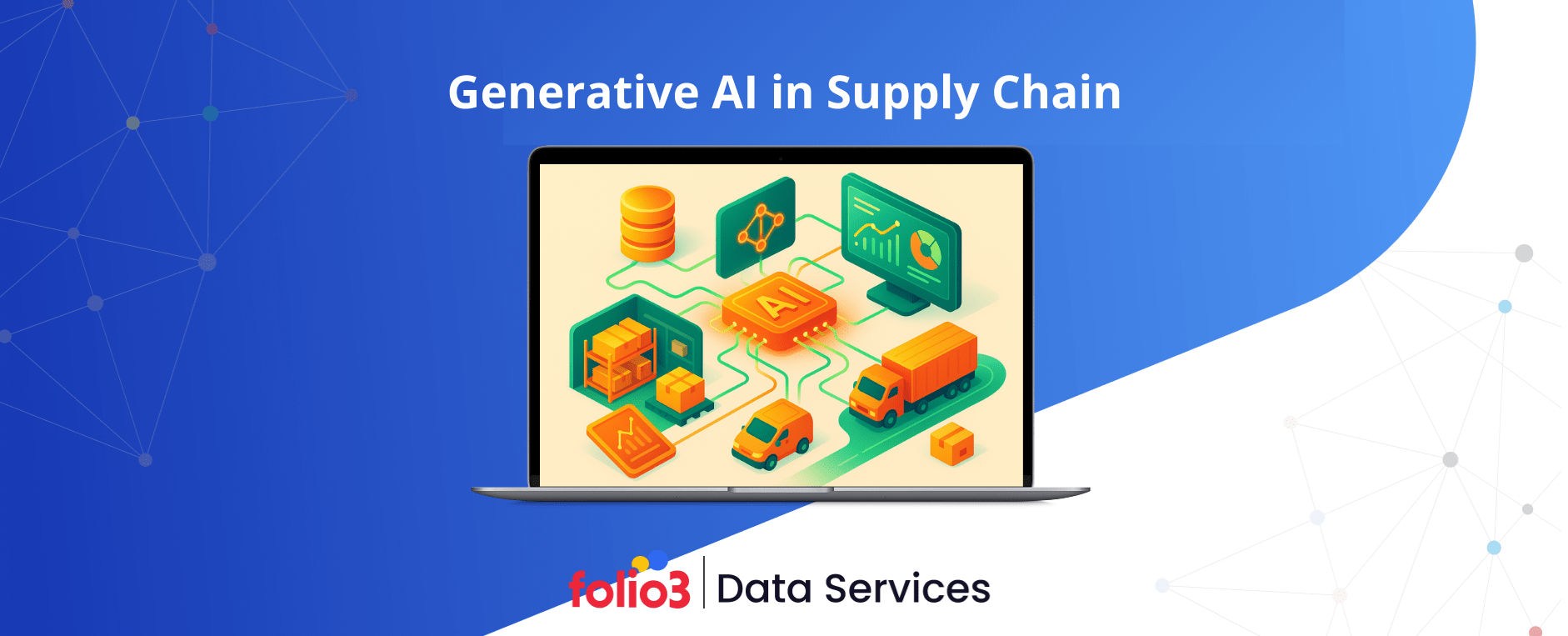Handling personal data properly is more important than ever. With regulations like GDPR, businesses need clear strategies to keep customer information safe and respect privacy rights. Getting it wrong can lead to serious fines, like the €1.2 billion penalty issued to Meta in May 2023 for data transfers, showing the high stakes involved in protecting personal data.
This guide helps you understand how Snowflake, a leading cloud data platform, supports your GDPR compliance efforts as we look towards 2025. It also highlights the shared responsibility between Snowflake and its customers in this critical area.
What is Snowflake?
Snowflake is a powerful cloud data platform that lets companies store, process, and analyze vast amounts of data. It brings together data warehousing, data lakes, and data science into one easy-to-use service. Many businesses choose Snowflake for its flexibility, scalability, and robust security features, making it a central hub for their data operations.
What is GDPR?
GDPR, or the General Data Protection Regulation, is a law in the European Union that protects people’s personal data and privacy. It applies to any organization, anywhere in the world, that handles the personal data of people in the EU. Adhering to GDPR builds trust with customers, avoids large fines, and ensures ethical data handling.
Snowflake is built with features and controls that help customers meet their GDPR obligations. It provides a secure, flexible environment to manage personal data responsibly. However, achieving full GDPR compliance is a team effort, requiring both Snowflake’s platform and the customer’s active management.
In the cloud world, GDPR compliance operates under a shared responsibility model. Snowflake secures the underlying platform and infrastructure, while customers are responsible for how they use the platform and manage their data. Understanding this division is key to building a robust compliance strategy.
Why GDPR Compliance Matters for Cloud Platforms
Using cloud platforms has become standard for many businesses today. These platforms are essential for storing and processing large amounts of data, including personal data. Because cloud environments handle so much sensitive information, ensuring they meet GDPR standards is absolutely critical.
Cloud platforms can offer advanced security and processing capabilities that might be difficult for individual companies to build and maintain on their own. However, this also means that the responsibility for data protection is shared between the cloud provider and the customer.
Businesses must carefully evaluate their cloud providers to ensure that the services they use align with GDPR requirements, particularly regarding data residency, security measures, and how data subject rights can be fulfilled.
Neglecting these aspects can expose companies to compliance risks, potential data breaches, and severe penalties. Therefore, understanding the shared responsibility model and actively engaging in compliant data practices within the cloud is not just good practice, but a legal necessity under GDPR.
Is Snowflake GDPR Compliant?
Snowflake provides a secure and compliant environment designed to help its customers meet GDPR obligations. While Snowflake itself is not “GDPR certified” (as GDPR doesn’t offer a specific certification stamp for companies), its platform incorporates numerous features and follows best practices that align with GDPR principles.
Snowflake acts as a data processor for its customers. This means Snowflake handles data as directed by its customers, who are the data controllers. Snowflake makes sure its infrastructure, services, and internal processes meet strict security and privacy standards. This includes measures for data encryption, access controls, and incident response.
By using Snowflake, customers can leverage these built-in capabilities to manage their data in a way that supports their own GDPR compliance efforts.
Additionally, Snowflake data integration features make it easier to consolidate data from multiple sources securely, ensuring that all personal data is handled consistently according to GDPR requirements.
It’s important for customers to understand that while Snowflake provides the tools and environment, they remain responsible for their data and how they configure and use the platform to process personal data.
How Snowflake Supports GDPR Compliance
Snowflake offers a variety of features and practices that are fundamental for GDPR compliance. These capabilities help customers manage their data securely and in line with privacy regulations. From how data is protected to where it can be stored, Snowflake provides the building blocks for a strong GDPR strategy.
Data Encryption and Security Controls
Snowflake encrypts all customer data automatically, both when it’s stored (at rest) and when it’s moving between locations (in transit). This protects personal data from unauthorized access.
The platform also offers strong security controls like multi-factor authentication and role-based access to limit who can see or change data. These capabilities support not only GDPR requirements but also frameworks like Snowflake HIPAA compliance for handling sensitive healthcare information.
Data Residency and Regional Storage Options
Customers can choose specific geographic regions to store their data, including various locations within the EU. This allows businesses to meet data residency requirements, which dictate that certain data must remain within specific borders. Choosing an EU region helps ensure personal data stays within the EU’s legal framework.
Data Governance and Auditing Features
Snowflake provides tools for comprehensive data governance, allowing customers to control how data is used and accessed. It logs all activities, giving detailed audit trails of who accessed what data and when. These logs are crucial for demonstrating compliance and investigating any potential privacy incidents.
Privacy by Design and Shared Responsibility
Snowflake builds privacy protections into its platform from the ground up, a concept known as “privacy by design.” This means security and privacy are considered at every stage of development. The platform also clearly defines its role and the customer’s role under the shared responsibility model, making it clear where responsibilities lie.
Future-proof your Snowflake platform with governance, encryption, and privacy frameworks tailored to evolving GDPR regulations.
Proven Strategies for GDPR Compliance in Snowflake
Achieving and maintaining GDPR compliance within Snowflake requires active steps from customers. By using Snowflake’s features and adopting best practices, businesses can effectively protect personal data and meet their regulatory obligations. These strategies help customers take control of their data privacy.

Limit Data Access with Roles
Use Snowflake’s role-based access control (RBAC) to precisely define who can access specific data. Grant users only the minimum access needed for their job, following the principle of “least privilege.” This reduces the risk of unauthorized viewing or modification of personal data.
Automate Data Classification and Tagging
Implement automated methods to identify and classify sensitive data, like Personally Identifiable Information (PII), within Snowflake. Use tags to mark data that requires special handling, making it easier to apply appropriate security and privacy policies consistently across your dataset.
Utilizing Snowflake connectors and drivers allows seamless access to various data sources, helping maintain consistent classification and tagging across the entire data environment.
Use Masking Policies for PII
Apply dynamic data masking policies to obscure or hide sensitive PII from users who don’t need to see the full details. For example, you can mask credit card numbers or email addresses so only authorized personnel can view the complete, unmasked information. This protects privacy without restricting necessary data usage.
Audit Access Logs Regularly
Regularly review Snowflake’s comprehensive audit logs to monitor data access and usage patterns. This helps identify unusual activities, potential security breaches, or non-compliant data access attempts. Timely auditing is essential for proactive security and demonstrating compliance.
Use Compliance and Governance Tools
Integrate Snowflake with third-party data governance and compliance tools, or leverage Snowflake’s native capabilities. These tools can automate policy enforcement, data lineage tracking, and compliance reporting.
For organizations handling complex datasets across multiple business units, b2b Snowflake reporting features can provide clear insights into inter-company transactions and data usage, enhancing transparency and control while supporting GDPR adherence.
Customer Responsibilities for GDPR Compliance in Snowflake
While Snowflake provides a secure and compliant platform, customers play a critical role in their GDPR journey. Understanding and fulfilling these responsibilities is key to leveraging Snowflake effectively while adhering to data protection laws. Customers must actively manage their data and configurations.
Snowflake’s Shared Responsibility Model
Under this model, Snowflake is responsible for the security *of* the cloud (the underlying infrastructure, platform, and services). Customers are responsible for security *in* the cloud, meaning their data, configurations, access management, and how they use Snowflake’s features. This distinction is vital for compliance.
Data Controllers & Processors
Customers typically act as “data controllers,” determining the purposes and means of processing personal data. Snowflake acts as a “data processor,” handling data on behalf of the customer. Controllers must ensure their processing instructions to Snowflake are GDPR compliant.
Compliant Data Management Practices
Customers must establish and enforce their own internal policies for data handling within Snowflake. Engaging with Snowflake modernization consulting services can help organizations implement best practices for GDPR compliance, including defining data ownership, establishing data quality standards, and ensuring all data processing activities have a lawful basis as required by GDPR.
Pseudonymization & Anonymization
Customers should employ techniques like pseudonymization (replacing identifiers with artificial ones) or anonymization (removing all identifying information) to reduce privacy risks. These methods protect personal data while still allowing for analysis, especially when full identification isn’t necessary.
Data Retention & Deletion Policies
Customers are responsible for defining and enforcing data retention schedules and deletion policies for personal data stored in Snowflake. Understanding the Snowflake data storage architecture helps organizations implement these policies effectively, ensuring data is stored securely, managed efficiently, and deleted properly when no longer needed in line with GDPR’s storage limitation principle.
Managing Consent & User Rights
Customers must manage consent obtained from data subjects and facilitate their rights (e.g., right to access, rectification, erasure). This involves configuring Snowflake to help locate, modify, or delete specific personal data when responding to data subject requests, which are a core part of GDPR.
Case Study: How Companies Achieve GDPR Compliance with Snowflake
Understanding how a real company tackled GDPR challenges using Snowflake can provide valuable insights. This case study demonstrates practical applications of Snowflake’s features in a regulated environment. It highlights the journey and key lessons learned by a financial technology company.
Company Overview
Tide is a UK-based financial technology company serving small business customers.
As a regulated financial institution, GDPR compliance and data protection were critical priorities.
Challenges
Managing large volumes of personally identifiable information (PII) across multiple systems was a significant hurdle. They faced slow and manual processes for identifying, classifying, and deleting customer data, which was inefficient. Additionally, fulfilling “right to be forgotten” and data access requests under GDPR proved difficult and time-consuming.
Snowflake Implementation
Tide adopted Snowflake as its centralized cloud data platform to bring all its data together. They used data classification and tagging features within Snowflake to automatically identify and manage PII at scale. To secure access, Dynamic Data Masking and Role-Based Access Controls (RBAC) were implemented.
Tide also integrated Snowflake with external governance tools to automate data lineage, auditing, and erasure workflows, streamlining compliance operations. This approach is similar to what Snowflake healthcare solutions offer, where sensitive patient data must be managed in a secure and compliant environment while maintaining accessibility for operational and analytical purposes.
Results
The adoption of Snowflake significantly improved Tide’s compliance posture. They reduced data classification time from approximately 50 days to just about 5 hours, a massive efficiency gain.
The company achieved automated fulfillment of data deletion and access requests, making it easier to respond to data subjects promptly. This strengthened GDPR compliance with improved audit readiness, giving them confidence during regulatory reviews. Tide also gained full visibility and control over sensitive data flows, enabling better risk management.
Key Lessons Learned
Automation and metadata management are essential for GDPR at scale, as manual processes are simply unsustainable. Combining data governance with Snowflake’s native compliance features delivers strong results, proving the power of an integrated approach. Continuous monitoring and collaboration across data, legal, and compliance teams ensures ongoing adherence to GDPR requirements. Finally, regional deployment and fine-grained access control significantly reduce compliance risks, especially for companies handling sensitive financial data.
Snowflake GDPR Challenges and Practical Solutions
Even with Snowflake’s robust features, customers may encounter specific GDPR challenges. Addressing these proactively with practical solutions is vital for maintaining compliance and trust. Understanding common hurdles helps businesses prepare and implement effective strategies.
Data Discovery and Classification
Challenge: Finding all personal data scattered across large and complex datasets within Snowflake can be difficult. Without knowing where PII resides, you can’t protect it.
Solution: Use automated data cataloging and classification tools (native or third-party) that integrate with Snowflake. Working with a trusted Snowflake implementation partner can help ensure these tools are configured correctly, enabling efficient identification and management of PII across complex datasets.
Managing User Access at Scale
Challenge: In large organizations, managing who has access to what data for hundreds or thousands of users can become complex and error-prone.
Solution: Implement a strict Role-Based Access Control (RBAC) strategy. Define clear roles and assign privileges based on the principle of least privilege. Regularly review and audit user access permissions to ensure they remain appropriate.
Lawful Cross-Border Data Transfers
Challenge: Transferring personal data outside the EU/EEA (e.g., to the US) is challenging post-Schrems II, requiring specific legal mechanisms.
Solution: Prioritize deploying Snowflake in EU regions to keep data within the EU where possible. For necessary transfers, rely on approved mechanisms like Standard Contractual Clauses (SCCs) and conduct Transfer Impact Assessments (TIAs) to ensure adequate protections are in place.
Handling Subject Access Requests
Challenge: Responding to Data Subject Access Requests (DSARs), such as the “right to be forgotten” or data access requests, can be manual and time-consuming.
Solution: Design your Snowflake data architecture to facilitate DSAR responses. Use data classification to quickly locate relevant data, and leverage tools that ingest data into Snowflake efficiently from multiple sources. Implement automated workflows for data deletion or extraction, ensuring you can comply with requests within GDPR’s strict timelines.
Gain full visibility and control of personal data across Snowflake—automate classification, strengthen access controls, and simplify audits.
FAQs
Is Snowflake GDPR certified?
Snowflake itself is not “GDPR certified” because GDPR does not offer a formal certification program for companies or platforms. However, Snowflake’s platform is designed with features and controls that help customers meet their GDPR obligations, and it undergoes independent security audits and certifications (like ISO 27001 and SOC 2 Type II) that demonstrate its commitment to data protection.
How does Snowflake handle EU user data?
Snowflake allows customers to choose specific data regions, including several within the EU, to store their data. This helps customers meet data residency requirements. Snowflake acts as a data processor, handling EU user data according to the instructions of its customers (data controllers), while maintaining high security and privacy standards.
Can I store personal data in Snowflake under GDPR?
Yes, you can store personal data in Snowflake under GDPR. Snowflake provides the necessary technical and organizational measures, such as encryption, access controls, and regional deployment options, to help customers store and process personal data in a GDPR-compliant manner. However, customers are responsible for correctly configuring their Snowflake environment and ensuring their data processing activities comply with GDPR.
How does Snowflake ensure data transfers outside the EU are lawful?
For data transfers outside the EU, Snowflake typically relies on approved legal mechanisms, such as Standard Contractual Clauses (SCCs), which are incorporated into its Data Processing Addendum (DPA). These mechanisms provide appropriate safeguards for international data transfers, helping customers comply with GDPR’s requirements for cross-border data flows.
What steps should I take to maintain GDPR compliance in Snowflake?
To maintain GDPR compliance, you should: (1) use Snowflake’s regional deployment options, (2) implement strong Role-Based Access Controls (RBAC), (3) utilize data encryption and masking features, (4) classify and tag sensitive data, (5) regularly audit access logs, and (6) establish clear data retention and deletion policies.
Is it safe to store or process EU citizens’ personal data in Snowflake?
Yes, it is considered safe to store and process EU citizens’ personal data in Snowflake, provided customers utilize the platform’s security features and follow GDPR best practices. Snowflake’s robust security architecture, encryption, and compliance with global standards aim to protect data from unauthorized access, loss, or disclosure.
How do I sign a Data Processing Addendum (DPA) with Snowflake for GDPR compliance?
Snowflake offers a standard Data Processing Addendum (DPA) that outlines its obligations as a data processor and the customer’s responsibilities as a data controller. Customers can typically find and review Snowflake’s DPA on their Trust Center or through their Snowflake account representative, and it’s usually part of their service agreement.
Does Snowflake automatically encrypt all personal and sensitive data to meet GDPR standards?
Yes, Snowflake automatically encrypts all customer data by default, both at rest (when stored) and in transit (when moving). This encryption is a key technical measure that helps protect personal and sensitive data and contributes to meeting GDPR’s security requirements.
What happens if a data breach occurs in Snowflake – how does GDPR handle that?
In the event of a data breach affecting personal data, Snowflake (as the data processor) has procedures in place to notify its customers (the data controllers) without undue delay. The customer then, as the data controller, is responsible for assessing the breach, notifying the relevant supervisory authority, and potentially affected data subjects, as required by GDPR Articles 33 and 34.
What best practices should I follow in Snowflake to ensure GDPR readiness?
Best practices include: minimizing data collection, pseudonymizing or anonymizing data where possible, implementing granular access controls, encrypting data, regularly monitoring activity logs, having a clear data retention policy, and ensuring mechanisms are in place to respond to data subject requests efficiently.
What tools in Snowflake can help automate compliance monitoring for GDPR?
Snowflake offers various features that aid compliance monitoring, such as comprehensive audit logging, data lineage tracking, and integration with third-party data governance tools. These capabilities help track data usage, access patterns, and policy adherence, crucial for demonstrating ongoing GDPR compliance.
How does Snowflake ensure third-party integrations remain GDPR compliant?
Snowflake emphasizes that customers are responsible for ensuring any third-party tools or integrations they use with Snowflake also comply with GDPR. Snowflake itself maintains its own compliance with standards for its platform, but customers must perform due diligence on integrated services.
Conclusion
Navigating GDPR compliance in 2025 requires a clear understanding of your responsibilities and the capabilities of your data platform. Snowflake provides a secure and flexible foundation, equipped with powerful features like strong encryption, regional data storage, and detailed auditing. By actively leveraging these tools and embracing the shared responsibility model, businesses can build robust data protection strategies.
Focusing on best practices, from access control to data classification, ensures that your Snowflake environment not only processes data efficiently but also safeguards privacy and meets GDPR’s demands. This commitment to compliant data management fosters trust and protects your business in the evolving digital landscape.
Folio3 Data Services helps organizations implement and maintain GDPR-compliant Snowflake environments, enabling you to manage sensitive data confidently while staying fully aligned with regulatory requirements.





